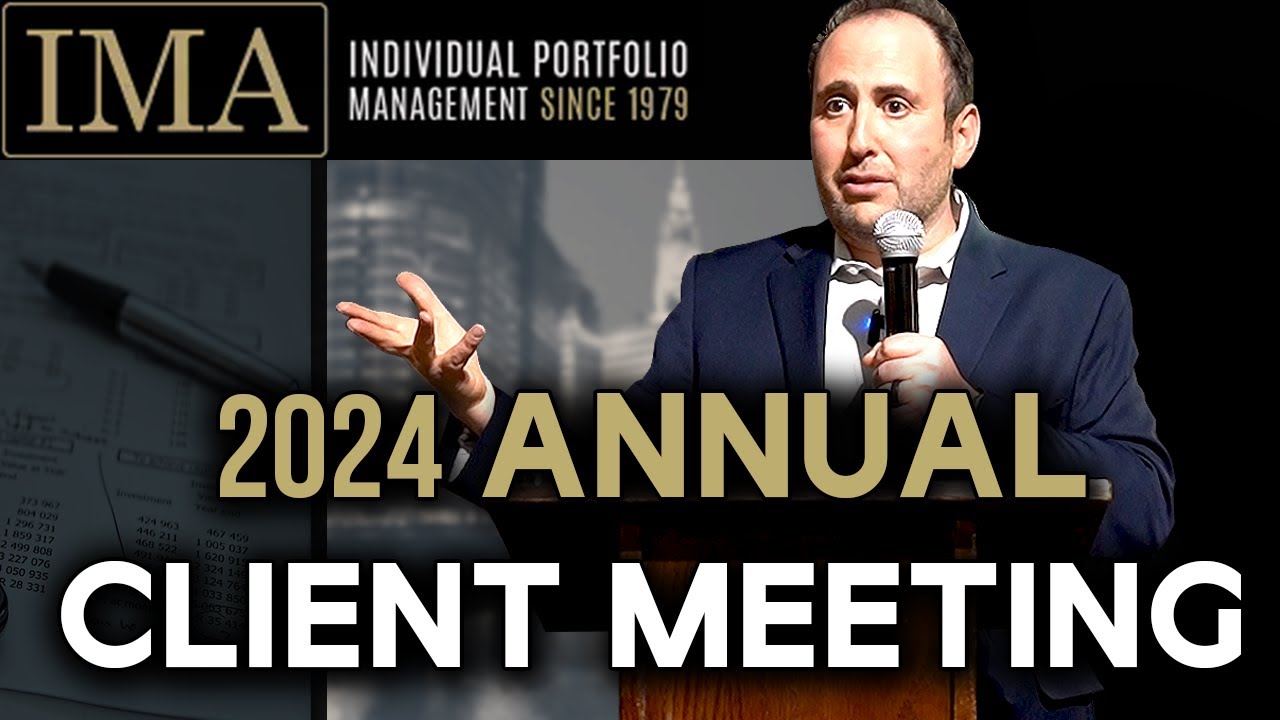The Importance of “I Don’t Know”
The vast majority of U.S. stock gains in this long-running bull market are due to one variable: the expansion of the price-to-earnings ratio.
Stock prices since the last recession have gone up because the Federal Reserve and other central banks have squeezed all investors to the same side of the risk curve. Stocks, especially high-quality ones that pay dividends, are regarded as bond substitutes. Investors now look at the dividends of those stocks and compare those yields to what they can earn in, say, 10-year Treasuries. This strategy will end in tears, as these bond-substitute stocks are significantly overvalued.
Investors globally are facing major obstacles nowadays. These include:
- The risk of lower or negative global economic growth.
- Inflation (high interest rates), deflation (low interest rates) or a combination of the two (higher interest-rates and deflation).
We don’t know which of these extremes are going to show up, or in which order. Despite their eloquence and portrayed confidence, financial commentators arguing one or another extreme point of view don’t know either. In fact, the more confident they are, the more dangerous they are. Nobody knows.
What’s really called for is an “I don’t know” portfolio that can handle a variety of extreme outcomes.
The All-Terrain Portfolio
As investors today we feel something like a traveler preparing to drive across an unknown continent. A look in the rearview mirror tells us we should pick a sports car, and if the road continues to be as it has been, then our trip may be fast and with very few ups and downs. But what if the road that lies ahead is rocky, full of potholes, and maybe strewn with giant boulders?
A sports car will not get past the potholes. What we need is a four-wheel-drive, all-terrain vehicle. This monster will not have the speed or the sex appeal of the shiny red convertible, but it will complete the journey. Its position at the finish line will depend entirely on one unknown — the road ahead. If it is a smooth, unbroken route, then our Land Cruiser will be left in the dust by the Ferraris and Maseratis.
But if my prediction is correct, you’re going to be mighty glad to have four-wheel drive — you might even end up at the head of the pack.
Why?
On the surface, the U.S. and global economies appear to be growing, and though growth has been slow, it has been steady (despite some ups and downs). My concern is that demand for goods has been highly inorganic, engendered by central bankers’ quantitative easing and government’s unsustainable budget deficits. Thus our approach to investing today is to prepare for the consequences of this engineered, inorganic growth.
Investing is a forward-looking endeavor. Investors need to build a portfolio for the economy that lies ahead, not the one in the rearview mirror. Unfortunately, the view of the road before us is murky at best. History is not very helpful either, as the QE experiment has never been attempted at its current magnitude. For a potentially Mojave Desert–like countryside, you’re going to need the ATV.
Paraphrasing Warren Buffett, “To finish first, first you need to finish.”
ATV = Quality, Growth, and Value
When it comes to stocks, let me explain what “all-terrain” means in practical terms. To do this I need to explain my firm’s three-dimensional analytical view of stocks: quality, valuation and growth.
The valuation (the worth of the business) and growth (earnings growth and dividends) aspects have a dual purpose: They serve as a source of returns and as protection against losses. If you pay 50 cents for a company that is worth $1 — a 50 percent margin of safety — and the stock goes up to $1, that is the valuation dimension working as a source of returns. On the other hand, that 50-cent investment can tolerate a lot of bad news before you lose money — that is the margin of safety working to protect you against losses.
The growth dimension protects you against the clock. A company that is growing earnings and paying dividends is compensating you for your time. Dividends tangibly enrich your income on a quarterly basis. Earnings growth increases the value of the firm over time — if earnings double, that aforementioned 50 cents turns not just into $1 but into $2.
Now, how about the quality dimension? A traditional definition of a quality company checks off these boxes: a significant competitive advantage, high return on capital (which usually accompanies a competitive advantage), good management (skilled at both running the business and allocating capital) and, last but not least, a solid balance sheet. However, there is a simpler test for what constitutes a quality company. It is one that you would be comfortable owning for five or ten years, even if the stock market were closed.
Of course, in an environment where the true cost of money is unknown (due to central banks’ machinations) and global growth has become a Frankenstein-like creation (thank your local central banker again), the valuation and growth dimensions have lost their tangibility for lower-quality companies. You thought you were buying a $1 company for 50 cents, but in the absence of quality, valuation can degrade much faster than your margin of safety and $1 can turn into 20 cents in a New York minute.
That’s why we became dogmatic about quality at IMA. It is now an uncompromising filter in our analysis. If a company doesn’t pass our quality filter, we simply stop — the company is dead to us, and we don’t bother with the valuation and growth dimensions. Passing the quality test doesn’t mean a company is a buy, but it earns a stock the right to be examined for valuation and growth.
Quality is the superstructure of the all-terrain company and portfolio: They must be able to survive anything thrown at them by the global economy.
This is a time for investors to show humility and patience. Humility, because saying the words “I don’t know” is difficult for us money manager types and the road ahead is uncertain.
Patience, because most assets today are priced for perfection. They are priced for a confluence of two outcomes: low (or negative) interest rates continuing at current levels or declining further, and above-average global economic growth.
Both happening at once is extremely unlikely. Take one away, and stock market indexes are overvalued somewhere between a lot and humongously.










0 comments